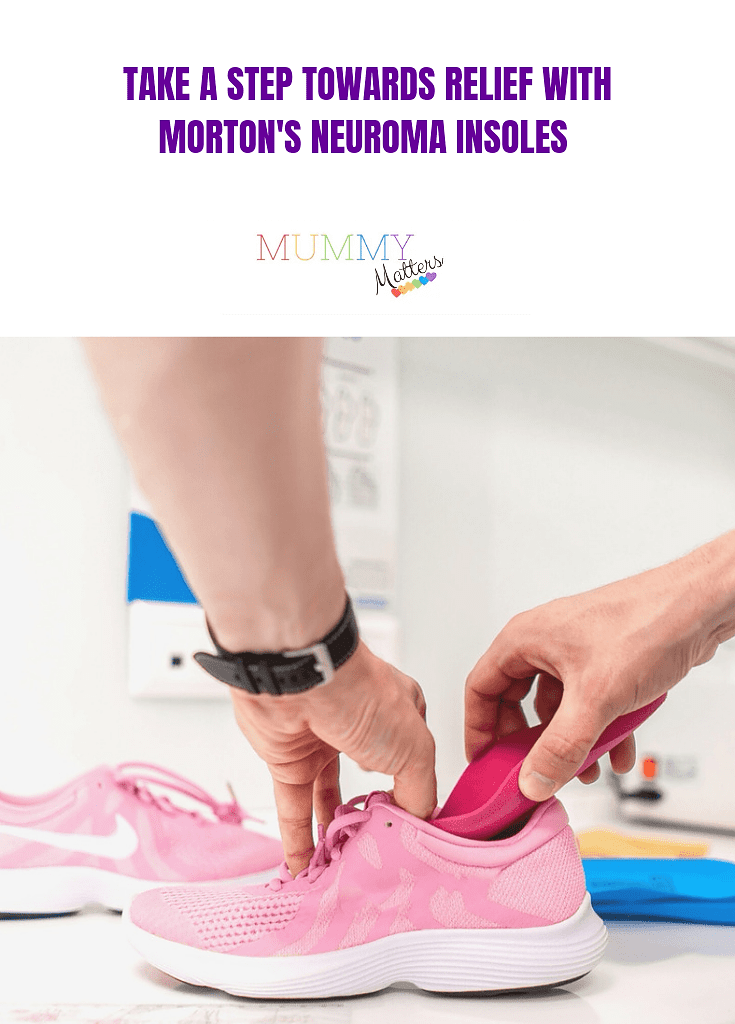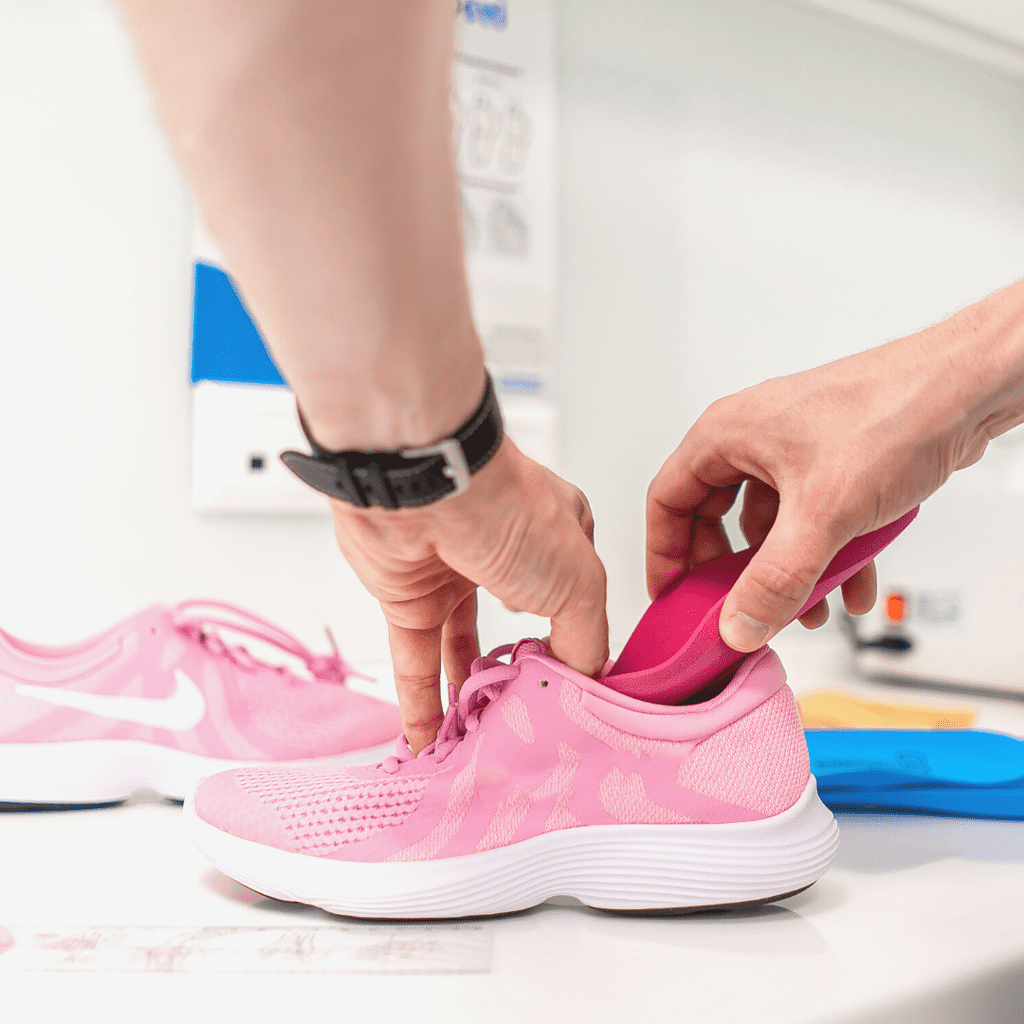Morton’s neuroma (MN) is a common disorder caused by compression of the nerves between the toes. It can cause severe pain, burning, and tingling sensations in the foot. Fortunately, some treatments help relieve the discomfort associated with MN. One such treatment is wearing Morton’s neuroma insoles specifically designed to reduce pressure on the affected area. Such insoles often feature metatarsal pads which provide extra cushioning for the affected area and can help reduce or eliminate foot pain.
What is Morton’s Neuroma?
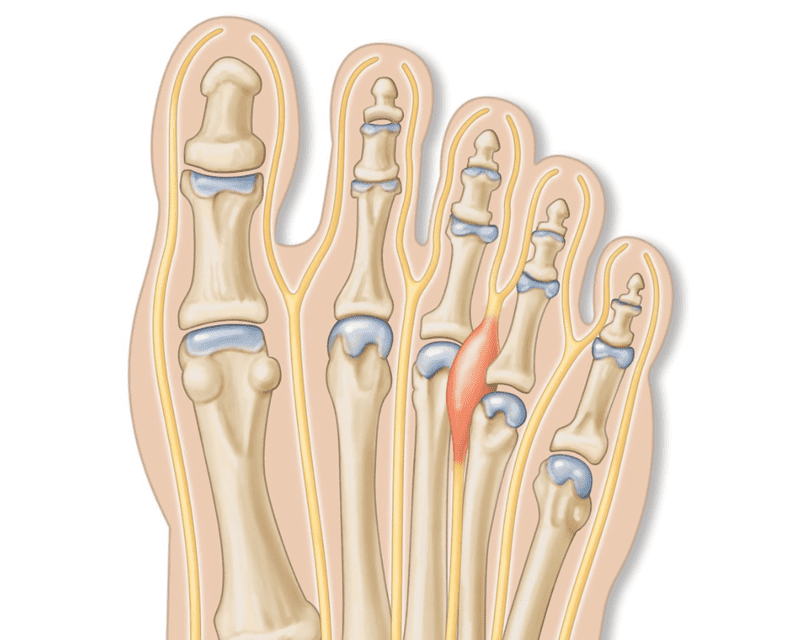
Morton’s neuroma is a condition that causes extreme foot pain due to the compression of the interdigital nerves. It occurs when the nerve between two toes becomes thickened and swollen, resulting in an intense burning sensation in your feet. People who experience MN may suffer from numbness, tingling, or a feeling that they are wearing an invisible sock or glove on their feet. This condition is usually caused by wearing tight shoes or other forms of increased pressure on your toes.
Treatment for Morton’s neuroma includes rest, ice and anti-inflammatories such as ibuprofen and naproxen. However, surgery may be required for more severe cases to alleviate the pain by decompressing the nerve and releasing any tension around it.
Symptoms: Identifying Signs of Morton’s Neuroma
MN is a condition that can cause burning pain, a tingling sensation and a feeling of pressure in the ball of the foot. It is caused by an inflamed nerve in the forefoot, usually between the third and fourth toes. The symptoms of Morton’s neuroma are often mistaken for other foot problems, such as bunions or plantar fasciitis. Knowing how to identify signs of Morton’s neuroma can help you get treatment quickly so that it does not become a chronic issue.
The most common symptom of Morton’s Neuroma is a burning pain or tingling sensation in the ball of your foot that may spread to your toes.
My Personal Experience
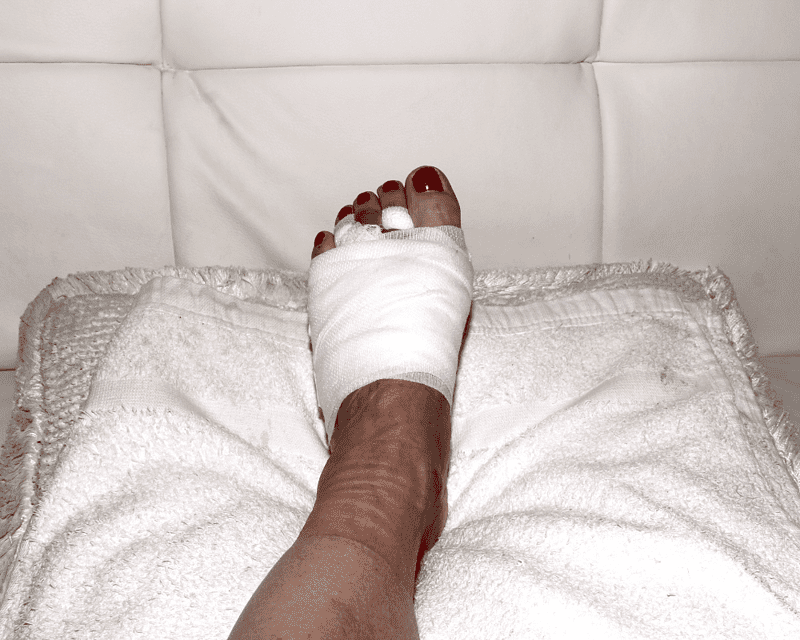
In my late teens, I started to experience agonising pain whenever I wore high-heeled shoes for the day or on a night out when I would spend most of the night on the dance floor.
The pain would start as a tingling sensation and, over the day or the evening, would develop into feeling like I had a sharp stone or pin sticking up through the soles of my shoes. Even when I removed my shoes, the pain in the balls of my feet was still there, and I would feel tender the following day.
I thought this was just because I was wearing the wrong type of shoe, so I began wearing flat shoes, but for me, the damage had already been done, and my nerves were thickened beyond repair, so the decision was taken to remove them completely.
My operation was booked for the summertime, and I was told I would need approximately six weeks off work as they would operate on both feet simultaneously. Luckily, it was a hot summer, and I had a garden bench outside my back door! I was left with fine scars which ran from the balls of my feet, between my third and fourth toes and onto the tops of my feet.
I healed well, and now the scars are barely visible, and I am pain-free, which is the best feeling in the world! I wish I had known more about the condition and hadn’t put up with it for so long because I perhaps wouldn’t have needed surgery and would have been ok with insoles instead.
Causes: Triggers of Morton’s Neuroma
Morton’s neuroma is a painful condition that affects the nerve between the third and fourth toes. Many people have heard of this condition but don’t know what causes it or how to prevent it. Knowing what triggers Morton’s neuroma can help you reduce your risk of developing it.
- High-heeled shoes are one common cause of Morton’s neuroma as they force the toes together and put pressure on the nerve. For this reason, mortons neuroma is often more common in women than men.
- Sports activities, such as running, climbing and skiing, can also contribute to this medical issue due to repetitive impact on the foot.
- Foot deformities such as bunions, a high arch, flat feet or hammertoes may also stress certain nerves in the feet, leading to Morton’s neuroma. Any activity that puts pressure on a particular area of your foot may increase your risk of developing this condition.
Treatment: Options for Relief
While no cure exists for Morton’s Neuroma, several options are available to reduce inflammation and relieve symptoms. Pain relief through Morton’s neuroma insoles and injections are all viable Morton’s neuroma treatments to consider.
- When looking for immediate relief, placing an ice pack on the metatarsal pads can quickly reduce inflammation.
- Arch support provides pain relief by cushioning the area underneath the foot with a metatarsal pad, reducing pressure on the nerve that causes pain due to Morton’s Neuroma. Orthotics such as custom-made shoe insoles can provide further cushioning and stability if needed.
- Switching out narrow, high-heeled and tight shoes for wider, more comfortable shoes with a lower heel and soft sole can help reduce the pressure on the irritated nerve.
- Corticosteroid injections may also relieve some of the soreness and swelling.
- In extreme cases, you can have an operation to remove the nerves completely. I had this treatment when I was 21 years old. I have been pain-free, though I still wear custom insoles for a different condition.
Insole Benefits: Improved Comfort
Using Morton’s neuroma insoles can provide relief and improved comfort from this excruciating condition by altering the foot mechanics.
Morton’s neuroma insoles are specifically designed to reduce pressure on the area of the foot affected by Morton’s neuroma. The insoles are made from ultra-soft materials that provide cushioning and support for the foot. They also feature elevated support to take the strain off of the ball of your foot, which helps reduce inflammation associated with Morton’s neuroma. Furthermore, these insoles are designed with additional padding in key areas to provide further comfort throughout your day-to-day activities.
What are the best insoles for Morton’s Neuroma
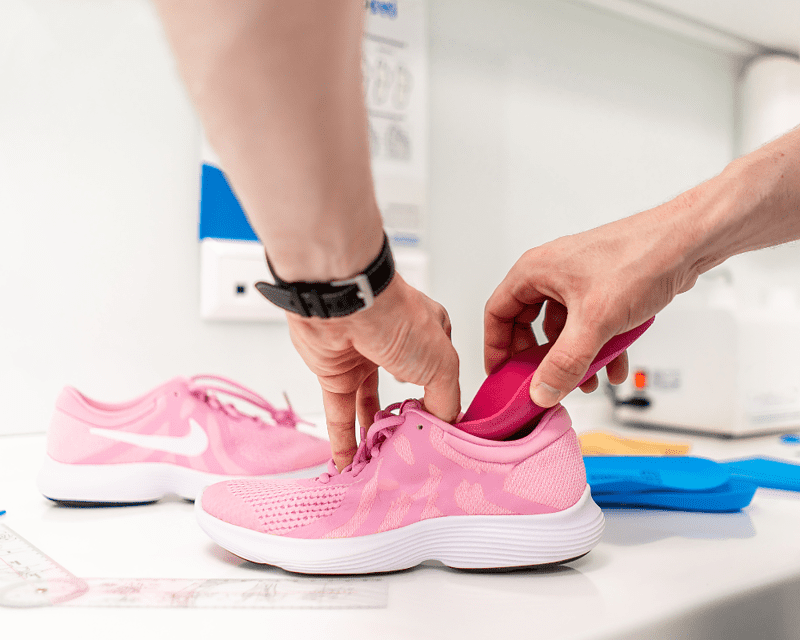
Several options are available to help relieve this condition, from custom orthotics and medications to special insoles designed specifically for Morton’s neuroma. Powerstep insoles are among the most popular choices for those suffering from Morton’s neuroma due to their superior comfort and support.
Powerstep morton’s neuroma insoles are designed with multiple layers of cushioning foam that provide additional support and shock absorption. This helps reduce the pressure off your feet while providing lasting comfort throughout the day.
When purchasing metatarsal support insoles specifically designed for Morton’s neuroma symptoms, look for features such as custom fit inserts made from soft materials like foam or gel that provide extra comfort and shock absorption. Additionally, look for designs with a deep heel cup to keep your feet in place while you walk or run; this will prevent additional rubbing or friction which can cause further irritation in the affected area.
Summary and Recommendations
In conclusion, Morton’s neuroma insoles are an easy, cost-effective way to help those who suffer from Morton’s neuroma or other foot ailments without the need for treatment via surgery. They provide cushioning and support to the feet, reducing pressure on the nerve that causes the pain. The insoles also encourage a better gait and posture, which can also help reduce pain. The insoles are also lightweight and durable, making them a good choice for everyday use.
